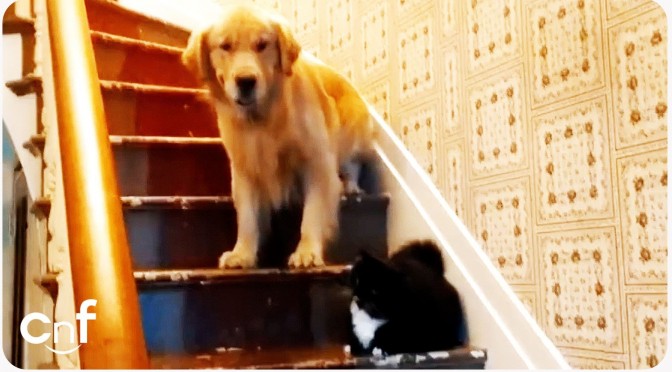Despite their often larger size, it is not uncommon for dogs to exhibit signs of fear or anxiety around their feline housemates. This seemingly paradoxical behavior has intrigued pet owners and animal behaviorists alike, and there are several possible explanations.
Firstly, dogs and cats have fundamentally different communication styles. Dogs are pack animals with clear social hierarchies, while cats are solitary predators. This difference could lead to misinterpretations of body language and cause unease or fear in dogs. For instance, a cat’s arched back, intended as a display of aggression or discomfort, might be interpreted as an invitation to play by a dog, causing confusion and fear when the cat reacts negatively.
Secondly, cats are adept at controlling their environment. Their swiftness, agility, and sharp claws give them an edge in household disputes. Dogs, being generally more sociable and less territorial, may find these attributes intimidating.
These intriguing dynamics between dogs and cats underline the complexity of their behavioral patterns and the importance of understanding them. As pet owners, it is our responsibility to ensure harmonious coexistence in our homes. Understanding the roots of such behaviors can aid in creating a peaceful environment for our beloved pets.
Accompanying this article are three compelling videos that perfectly illustrate these peculiar dog-cat interactions, providing fascinating real-world examples of these behaviors.

